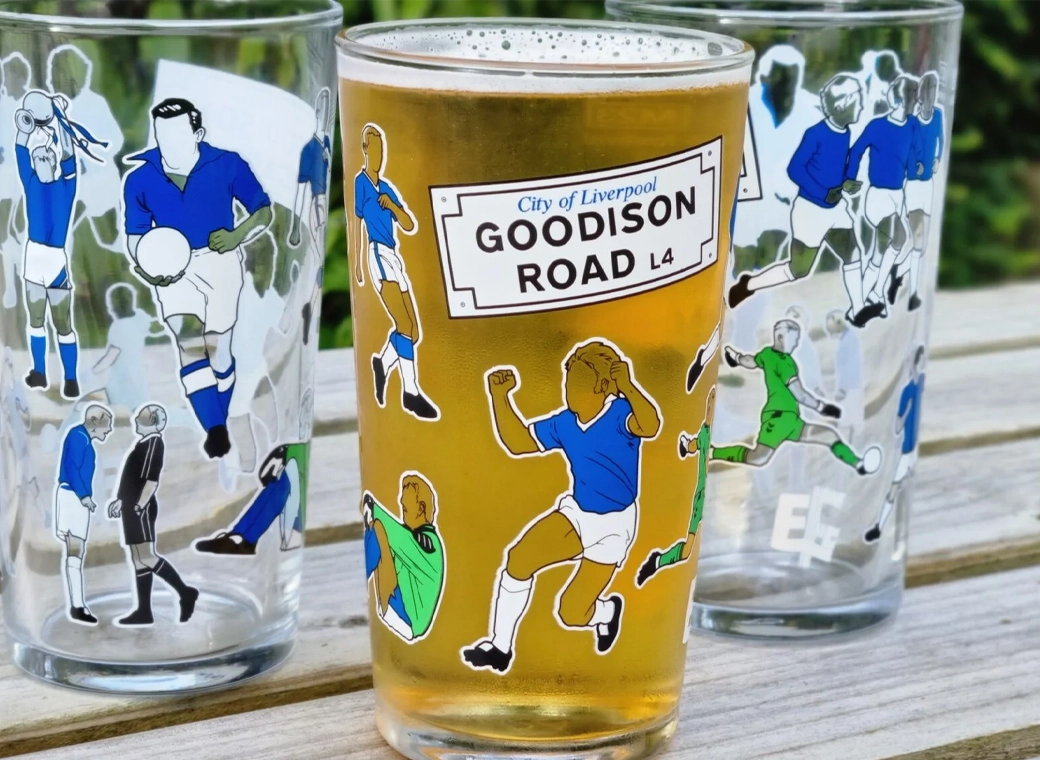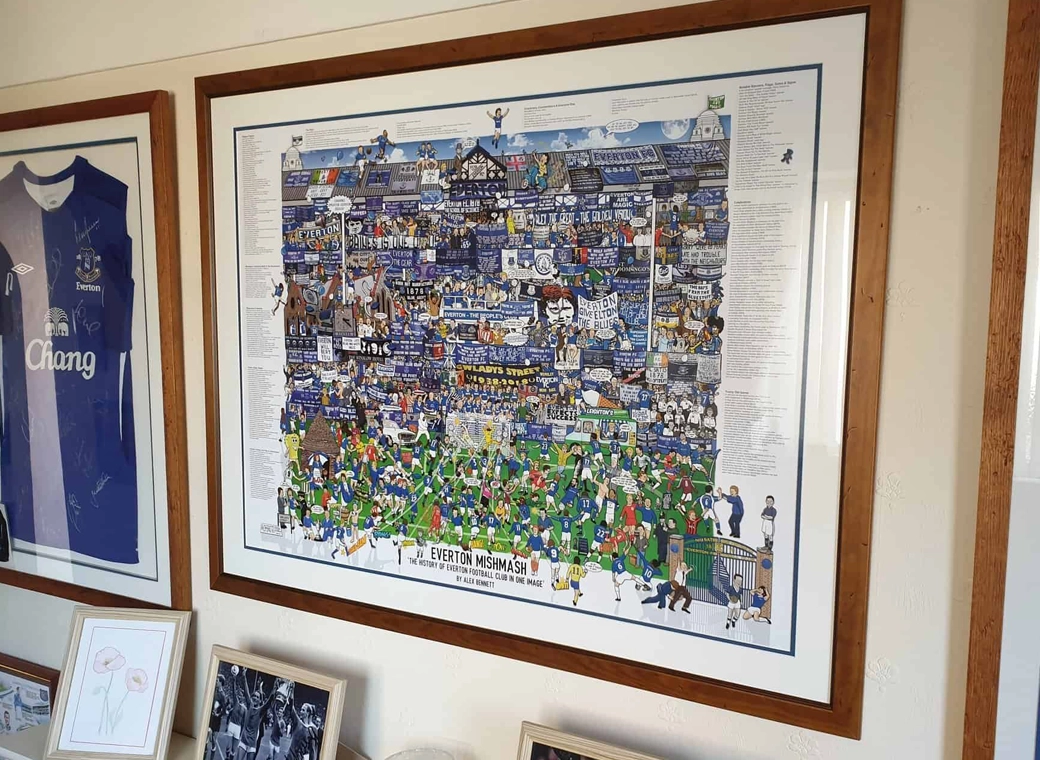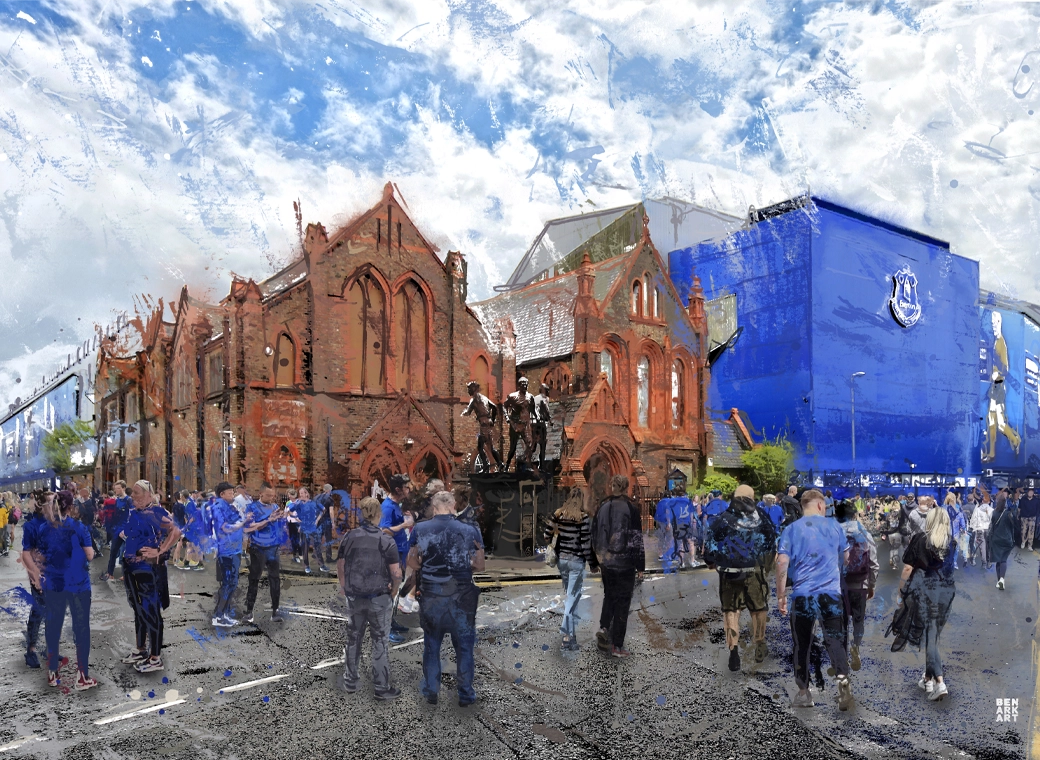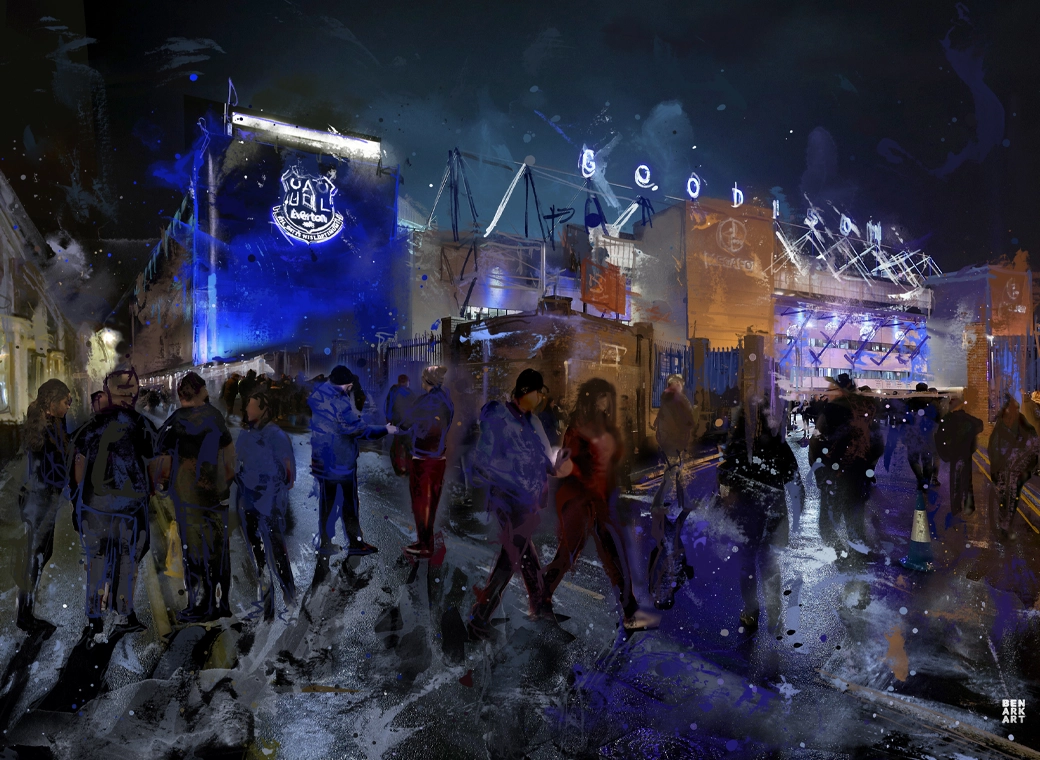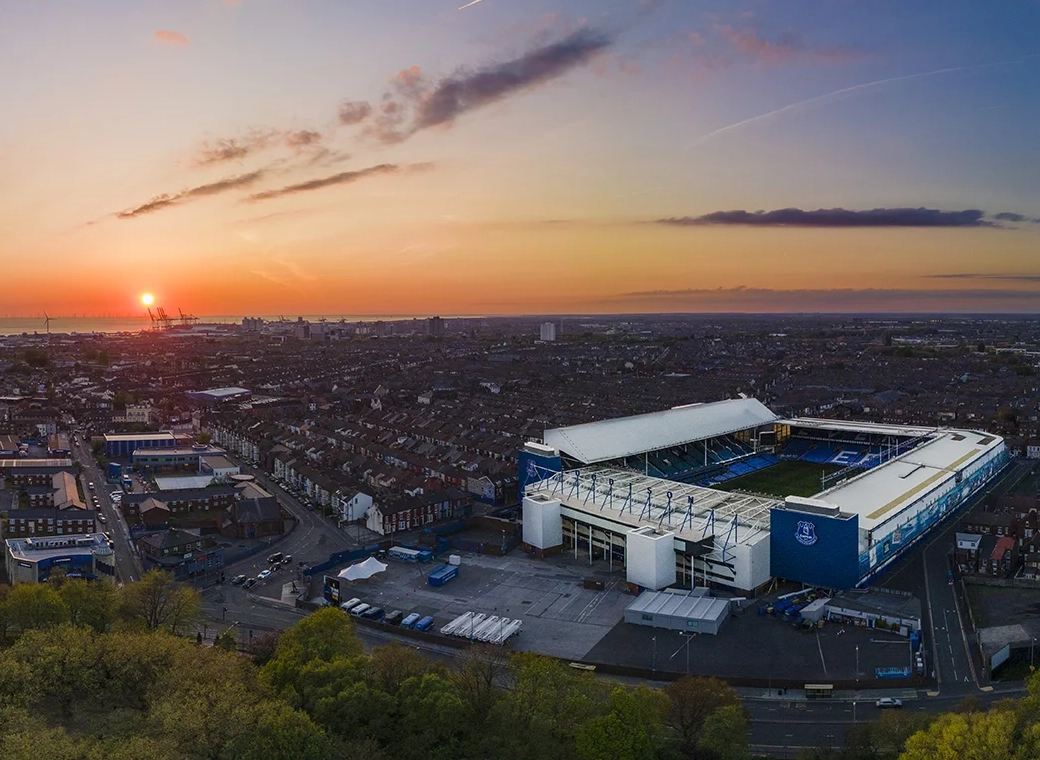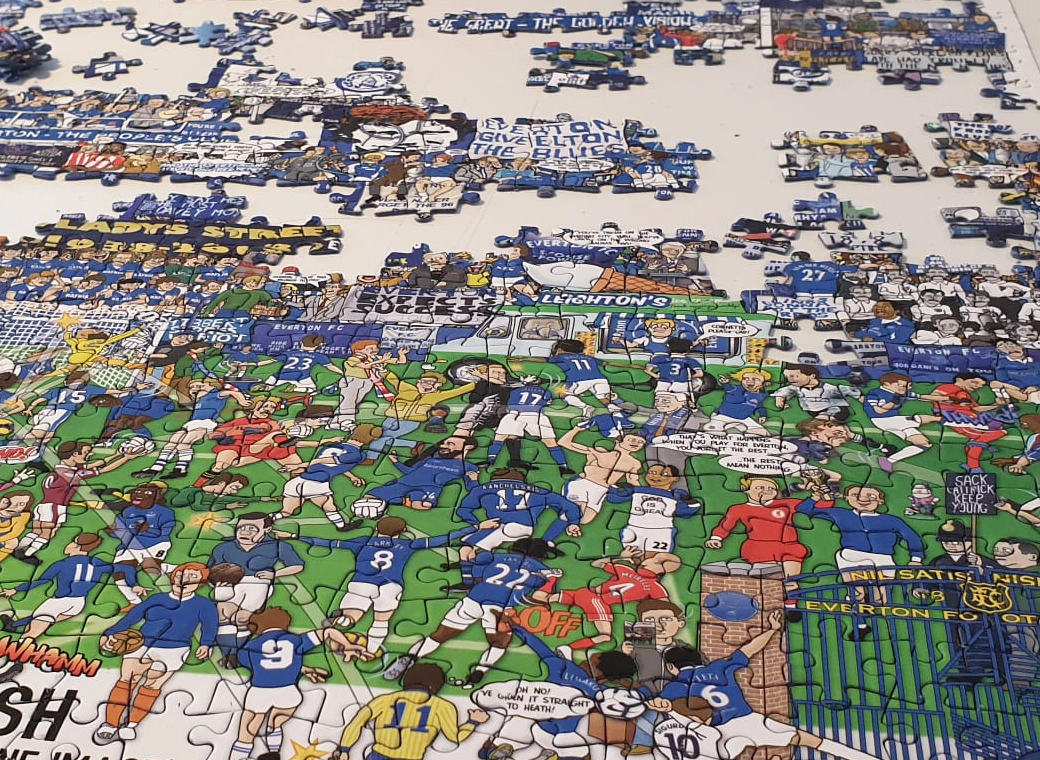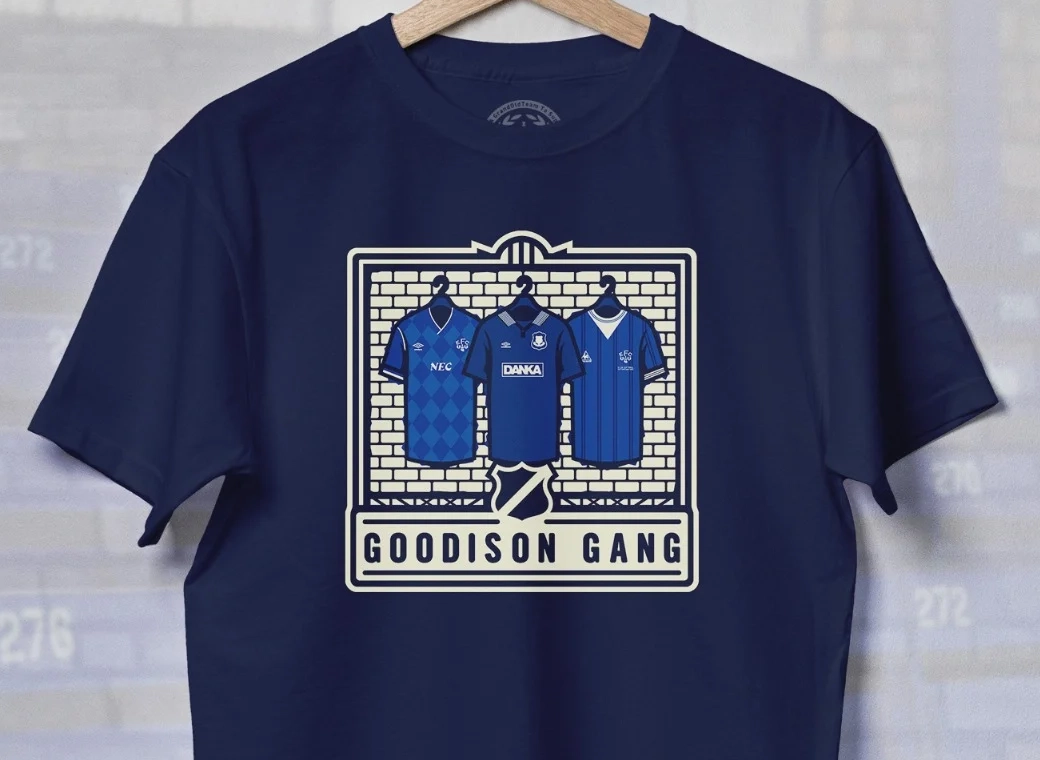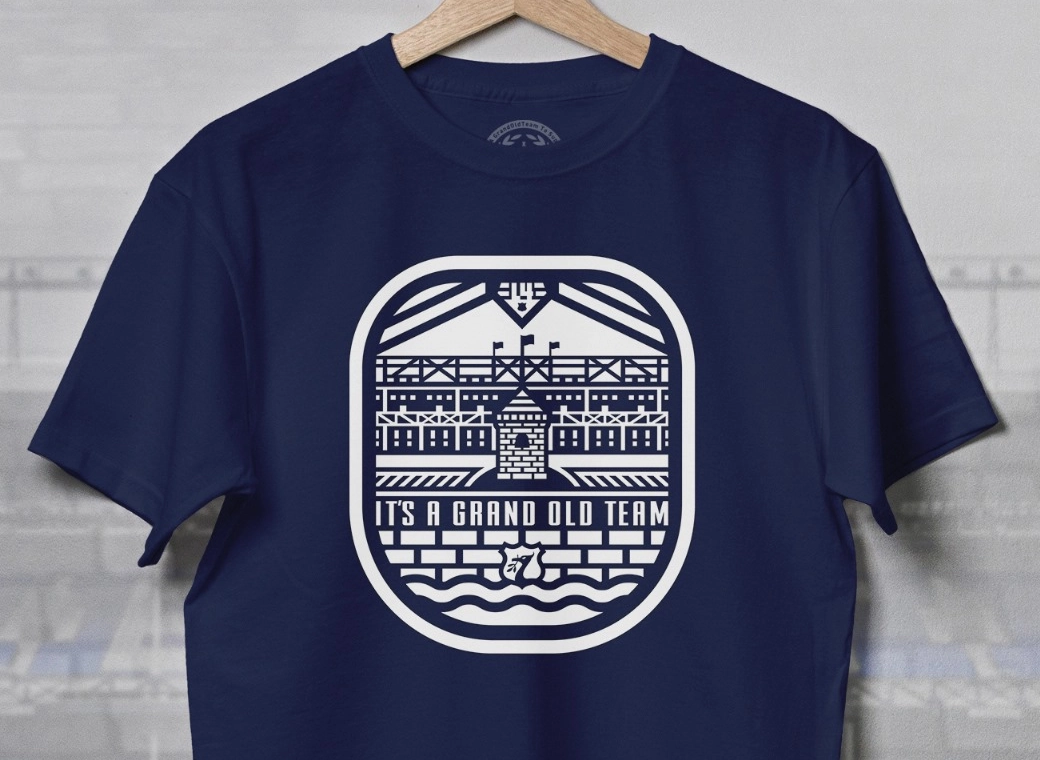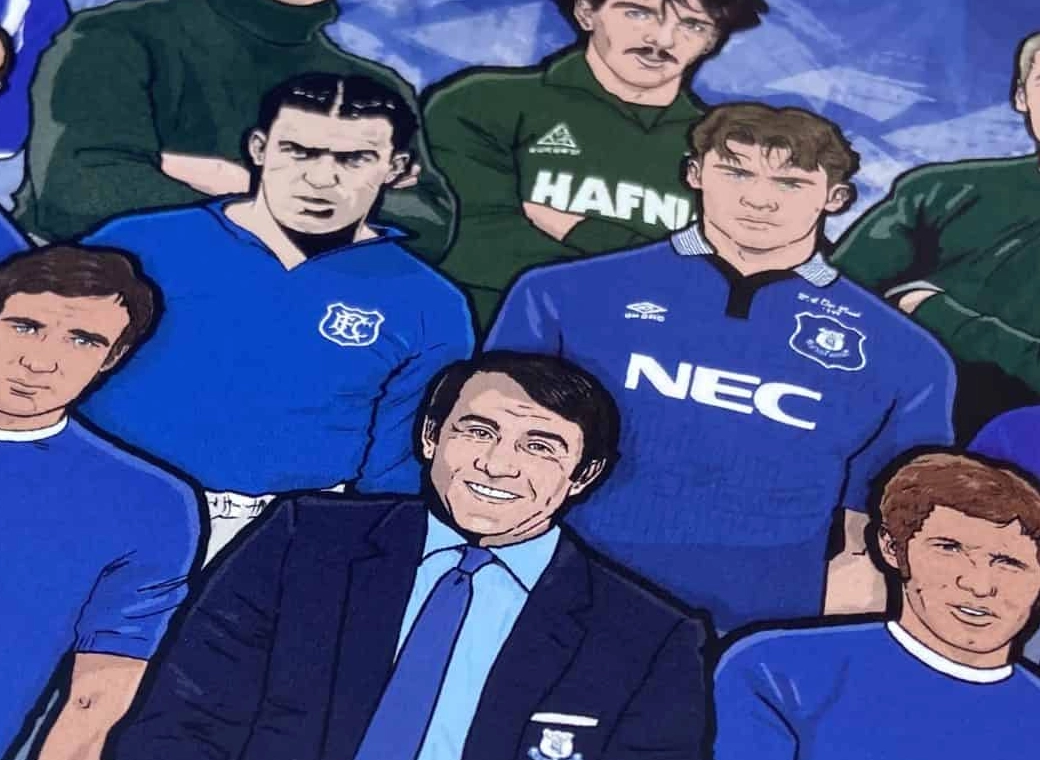You are using an out of date browser. It may not display this or other websites correctly.
You should upgrade or use an alternative browser.
You should upgrade or use an alternative browser.
The Oldies Thread
- Thread starter peteblue
- Start date
summerisle
The rain, it raineth every day
Eh ?SPEAK UP!
Woolly Blue
Player Valuation: £80m
I went to a craft fair on Saturday and, for the first time, found myself appreciating the time and effort put in by the folk selling stuff.
At that point I realised I truly belong in this thread.
It's the same as going to a beer festival.
When you went to one when you were young, you tried to drink as much as was humanely possible, without collapsing. Now, you go to one to try decent beers that you haven't had before and try not to drink too much, as it ruins it !
summerisle
The rain, it raineth every day
Too true ; try to keep off the strong ones till last as well.It's the same as going to a beer festival.
When you went to one when you were young, you tried to drink as much as humanely possible without collapsing. You go to one now to try decent beers that you haven't had before and not to drink too much, as it ruins it !

peteblue
Welcome back Wayne
It's the same as going to a beer festival.
When you went to one when you were young, you tried to drink as much as was humanely possible, without collapsing. Now, you go to one to try decent beers that you haven't had before and try not to drink too much, as it ruins it !
Kids should not be let anywhere near a beer festival, I'm obviously talking about anyone under the age of 50..........
summerisle
The rain, it raineth every day
Perhaps of interest to Irish members of a certain age.
http://www.irishtimes.com/culture/books/an-irish-1960s-christmas-not-all-fun-and-games-1.2904016
An Irish 1960s Christmas: not all fun and games
Just like today, the highpoint of Christmas for just about every 1960s kid was the opening of the presents. But for countless children, myself included, it was a close-run thing between the joy unconfined of that dreamy morning ritual and the giddy release of the last school bell of the year ringing the start of the Christmas hols.
School for many was not just drudgery, but a fearsome ordeal. Dickensian teaching methods and discipline were the norm. The twin prime functions of primary education as set out by the State were, (1): “The school exists to assist and supplement the work of parents in the rearing of their children. Their first duty is to train their children in the fear and love of God. That duty becomes the first purpose of the Primary school.”
And (2): To support the revival of the native tongue through “the use of the language to awaken a sympathetic disposition to it”. Before a long-overdue rethink towards the end of the decade, the standard method of teaching Irish was to inflict it on pupils, most of whom never heard a word of it uttered in the real world. Many in the teaching profession were zealous physical-force revivalists.
In the context of a militaristic education system, in which PE was pointedly called “drill”, Christmas came not just as a festive break, but as a merciful release. (Drill on Telefís Éireann came in the form of Tone Up, a twice-weekly exercise class following the Angelus, hosted by Commandant JP O’Keeffe.)
Unlike today, when shops put up their decorations the morning after Hallowe’en, the Christmas countdown didn’t start until December 8th, the Catholic Feast of the Immaculate Consumption, when rural Ireland descended on Dublin for a shopping spree. Clerys department store had hit on the inspired idea of refunding the rail and coach fares of customers who spent a certain amount in-store, and by the 1960s meeting and regrouping under Clerys’ clock was itself a hallowed custom. For stocking fillers, decorations and cheap toys, the capital’s go-to stores were Banba Toys and Hector Grey’s.
When it came to toys, 1960s Ireland had never had it so good. One spin-off from America’s baby boom was a huge surge in the quantity and variety of toys from there, while Formosa (Taiwan) filled a gap for cheap and cheerful plastic dolls and other flimsy stocking fillers. By the start of the 1960s, this boom in toymaking was beginning to make itself felt as the first mild flushes of our own economic mini-boom kicked in. In December 1962, Clerys opened the kiddies’ wonderland it called Toytown, featuring “mechanical moving models including Daisy Duck, Lion Trainer, Snake Charmer, Balloon Seller, Bell Ringer, Jack In The Box, Musical Cat, Clowns etc.” Popular requests to Santa now included talking dolls, electric toy sewing machines, and the mind-boggling range piggybacking on the space-race frenzy.
And there was the rub. The young children of Ireland, with not a patriotic thought between them, were completely sold on these fantastic plastic and die-cast metal playthings stamped with telltale marks of quality that any kid could instantly recognise from the TV advertisements, like Mattel and Waddington. The trouble was that in the eyes of many of their elders and betters running the country, children choosing these foreign objects of desire were guilty of treasonous anti-Irish leanings.
As with TV, cinema, religion, sport and everything else, the State was certain that it knew best when it came to toys. There were tariff-protected toy factories in Dublin, Cork, Galway and Mayo, producing kids’ scooters, tricycles, seesaws and wheelbarrows, while cottage workshops turned out clunky wooden “craft” dolls, forts and puzzles. For Ireland’s rulers, these craft toys were not only morally superior to imported trash, but they also supported jobs here, while keeping out imports from Communist hellholes like Poland and Czechoslovakia. School principals were even enlisted by their political masters to badmouth foreign toys to their little charges through patriotic pep talks.
But the kids didn’t want worthy-but-dull home-produced playthings. They craved Triang’s 007 Aston Martin with an ejector seat that guaranteed the little plastic passenger would be lost forever before bedtime. They loved pneumatic plastic Barbie, despite an Evening Press plea to go back to wholesome “rag dolls, those squashy companions of our youth”. The ultimate tech pressie was Scalectrix, “the most complete model motor racing system in the world”.
The advent of TV transformed the way we spent Christmas Day itself as the 1960s wore on. The gogglebox ousted the wireless, and even the fireside, as the family gathering point. For those in multi-channel land, the BBC and UTV catered for kids from mid-morning with cartoons and frivolity. For that half of the country stuck with just Telefís Éireann, Christmas was most certainly not about kids. Loaded with civic responsibility and a deep deference to the Catholic Church, TÉ put edification above entertainment. So Christmas Day would start at 10am with Mass, followed by Pope Paul’s Urbi Et Orbi address, then non-stop religious fare until lunch when the froth finally arrived via the likes of Andy Williams, Lassie and a children’s hospital visit by School Around The Corner host Paddy Crosbie.
It was Christmas, but not as we know it.
Hopscotch and Queenie-i-o by Damian Corless is published by The Collins Press, at €12.99
http://www.irishtimes.com/culture/books/an-irish-1960s-christmas-not-all-fun-and-games-1.2904016
An Irish 1960s Christmas: not all fun and games
Just like today, the highpoint of Christmas for just about every 1960s kid was the opening of the presents. But for countless children, myself included, it was a close-run thing between the joy unconfined of that dreamy morning ritual and the giddy release of the last school bell of the year ringing the start of the Christmas hols.
School for many was not just drudgery, but a fearsome ordeal. Dickensian teaching methods and discipline were the norm. The twin prime functions of primary education as set out by the State were, (1): “The school exists to assist and supplement the work of parents in the rearing of their children. Their first duty is to train their children in the fear and love of God. That duty becomes the first purpose of the Primary school.”
And (2): To support the revival of the native tongue through “the use of the language to awaken a sympathetic disposition to it”. Before a long-overdue rethink towards the end of the decade, the standard method of teaching Irish was to inflict it on pupils, most of whom never heard a word of it uttered in the real world. Many in the teaching profession were zealous physical-force revivalists.
In the context of a militaristic education system, in which PE was pointedly called “drill”, Christmas came not just as a festive break, but as a merciful release. (Drill on Telefís Éireann came in the form of Tone Up, a twice-weekly exercise class following the Angelus, hosted by Commandant JP O’Keeffe.)
Unlike today, when shops put up their decorations the morning after Hallowe’en, the Christmas countdown didn’t start until December 8th, the Catholic Feast of the Immaculate Consumption, when rural Ireland descended on Dublin for a shopping spree. Clerys department store had hit on the inspired idea of refunding the rail and coach fares of customers who spent a certain amount in-store, and by the 1960s meeting and regrouping under Clerys’ clock was itself a hallowed custom. For stocking fillers, decorations and cheap toys, the capital’s go-to stores were Banba Toys and Hector Grey’s.
When it came to toys, 1960s Ireland had never had it so good. One spin-off from America’s baby boom was a huge surge in the quantity and variety of toys from there, while Formosa (Taiwan) filled a gap for cheap and cheerful plastic dolls and other flimsy stocking fillers. By the start of the 1960s, this boom in toymaking was beginning to make itself felt as the first mild flushes of our own economic mini-boom kicked in. In December 1962, Clerys opened the kiddies’ wonderland it called Toytown, featuring “mechanical moving models including Daisy Duck, Lion Trainer, Snake Charmer, Balloon Seller, Bell Ringer, Jack In The Box, Musical Cat, Clowns etc.” Popular requests to Santa now included talking dolls, electric toy sewing machines, and the mind-boggling range piggybacking on the space-race frenzy.
And there was the rub. The young children of Ireland, with not a patriotic thought between them, were completely sold on these fantastic plastic and die-cast metal playthings stamped with telltale marks of quality that any kid could instantly recognise from the TV advertisements, like Mattel and Waddington. The trouble was that in the eyes of many of their elders and betters running the country, children choosing these foreign objects of desire were guilty of treasonous anti-Irish leanings.
As with TV, cinema, religion, sport and everything else, the State was certain that it knew best when it came to toys. There were tariff-protected toy factories in Dublin, Cork, Galway and Mayo, producing kids’ scooters, tricycles, seesaws and wheelbarrows, while cottage workshops turned out clunky wooden “craft” dolls, forts and puzzles. For Ireland’s rulers, these craft toys were not only morally superior to imported trash, but they also supported jobs here, while keeping out imports from Communist hellholes like Poland and Czechoslovakia. School principals were even enlisted by their political masters to badmouth foreign toys to their little charges through patriotic pep talks.
But the kids didn’t want worthy-but-dull home-produced playthings. They craved Triang’s 007 Aston Martin with an ejector seat that guaranteed the little plastic passenger would be lost forever before bedtime. They loved pneumatic plastic Barbie, despite an Evening Press plea to go back to wholesome “rag dolls, those squashy companions of our youth”. The ultimate tech pressie was Scalectrix, “the most complete model motor racing system in the world”.
The advent of TV transformed the way we spent Christmas Day itself as the 1960s wore on. The gogglebox ousted the wireless, and even the fireside, as the family gathering point. For those in multi-channel land, the BBC and UTV catered for kids from mid-morning with cartoons and frivolity. For that half of the country stuck with just Telefís Éireann, Christmas was most certainly not about kids. Loaded with civic responsibility and a deep deference to the Catholic Church, TÉ put edification above entertainment. So Christmas Day would start at 10am with Mass, followed by Pope Paul’s Urbi Et Orbi address, then non-stop religious fare until lunch when the froth finally arrived via the likes of Andy Williams, Lassie and a children’s hospital visit by School Around The Corner host Paddy Crosbie.
It was Christmas, but not as we know it.
Hopscotch and Queenie-i-o by Damian Corless is published by The Collins Press, at €12.99
Woolly Blue
Player Valuation: £80m
It's the same as going to a beer festival.
When you went to one when you were young, you tried to drink as much as was humanely possible, without collapsing. Now, you go to one to try decent beers that you haven't had before and try not to drink too much, as it ruins it !
I normally can't be arsed with beer festivals any more because you end up standing around for hours in some old hall somewhere.
However, there's an annual one in the Summer just up the road from us in Rivington which I can walk to, and you can take your pint outside, sit on a bench overlooking the reservoirs and watch cyclists in lycra go sweatily by.
At that point you realise that, despite having turned into an extra from Last of the Summer Wine, that life is actually pretty bloody good.
Donald Twain
Vide cor meum
Sounds lovely that Gandalf!I normally can't be arsed with beer festivals any more because you end up standing around for hours in some old hall somewhere.
However, there's an annual one in the Summer just up the road from us in Rivington which I can walk to, and you can take your pint outside, sit on a bench overlooking the reservoirs and watch cyclists in lycra go sweatily by.
At that point you realise that, despite having turned into an extra from Last of the Summer Wine, that life is actually pretty bloody good.
I normally can't be arsed with beer festivals any more because you end up standing around for hours in some old hall somewhere.
However, there's an annual one in the Summer just up the road from us in Rivington which I can walk to, and you can take your pint outside, sit on a bench overlooking the reservoirs and watch cyclists in lycra go sweatily by.
At that point you realise that, despite having turned into an extra from Last of the Summer Wine, that life is actually pretty bloody good.[/QUOT
I agree to a point, but the Liverpool beer festival in the Crypt underneath Paddys Wigwam is very good. The location deffo adds to it. Some of the best ones I've been to have been smaller ones in pubs, that showcase local ale and cider
Woolly Blue
Player Valuation: £80m
Sounds lovely that Gandalf!
You're not mature enough for this thread Donald.
*waves wand, mutters words and waits for frog to appear.
Woolly Blue
Player Valuation: £80m
Your quoting has deteriorated as you've got older.
Donald Twain
Vide cor meum
Croak!You're not mature enough for this thread Donald.
*waves wand, mutters words and waits for frog to appear.
As in frog speak, not as in snuffed it!
Your quoting has deteriorated as you've got older.
I forgot what I was doing !

